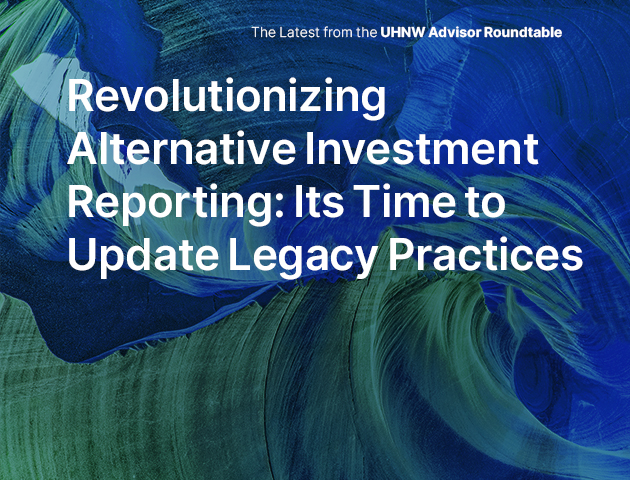Thought Leadership / Commentary / Achieving charitable objectives without drawing down other investable assets.
Many people take pleasure in “collect-ibles,” perhaps even amassing sizable and valuable collections of art, stamps and coins, jewelry, antiques, and other forms of tangible personal property. However, despite the pervasiveness and often high value of collectibles, owners of these items often fail to plan adequately for their disposition. This article outlines the options available to a collector or artist in disposing of collectibles, and highlights the benefits of donating such items to a non-operating private foundation.
The first consideration is determining whether to divest oneself of the collection during one’s lifetime or upon death. In either case, the collector can (i) monetize the collection by selling it; (ii) gift it to family or friends during one’s lifetime or as an inheritance at death; or (iii) donate it to charity.

 Posted by Mirador
Posted by Mirador





